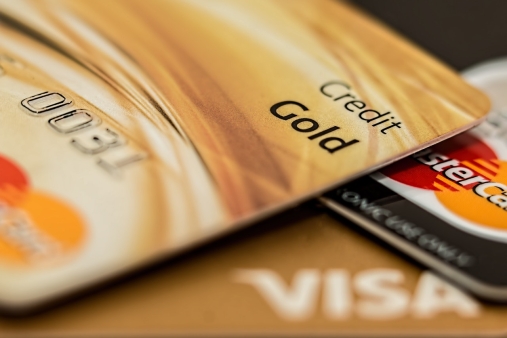
Philippine card payments to grown 15.4% in 2021
The revival of economic conditions and vaccine distribution will spur card spending.
Card payments in the Philippines are set to rebound 15.4% in 2021 following a 7.4% decline in 2020, forecasts data and analytics firm GlobalData. It says the gradual recovery in consumer and commercial spending will help to reverse the trends of last year.
The value of card payments in the country is expected to reach $56.5b (PHP2.97t), registering a compound annual growth rate (CAGR) of 12.3% and between 2020 and 2024.
The local card payments market, which registered a robust growth during the last few years, have been affected by the economic downturn due to the COVID-19 pandemic, notes Nikhil Reddy, banking and payments analyst at GlobalData. The ill-effects of the pandemic are reflected on the country’s GDP contraction of 9.5% in 2020.
But with the opening of businesses and easing of lockdown restrictions, the economy is expected to revive in 2021 with an estimated GDP growth rate between 6.5%-7.5%.
“The market scenario is now changing with the revival in economic conditions and vaccine distribution gaining pace, which in turn will positively impact the country’s card market,” Reddy added.

Local card payments’ growth will also be supported by initiatives pushed by the government well and the private sector.
The government has notedly been taking various initiatives to increase card penetration and usage, according to GlobalData. In September 2020, it passed a regulation to cap credit card interest rate at 2% per month, or an annual rate of 24% per month, effective beginning 3 November 2020. This is lower than the average annual rate of 42% previously, and is expected to further push credit card usage.
Banks and payment companies are also playing a key role in promoting card usage and drive consumption during the pandemic. In March 2021, American Express in partnership with BDO launched its Shop Small movement, encouraging consumers to shop at smaller local merchants.
The entry of digital-only banks is also expected to spur the adoption of non-cash payment platforms. Neobank Tonik launched services in March 2021 whilst Singapore-based financial services company DigiBankASIA is running a pilot to launch digital-only bank UNObank.
“In a country with over 60% unbanked population, the entry of digital-only banks will complement traditional banks in pushing the card adoption and usage. In addition, favorable government regulations, promotional campaigns by banks and payment companies, and improving financial awareness are bound to help the market to grow further during the next four years,” Reddy said.






















 Advertise
Advertise








